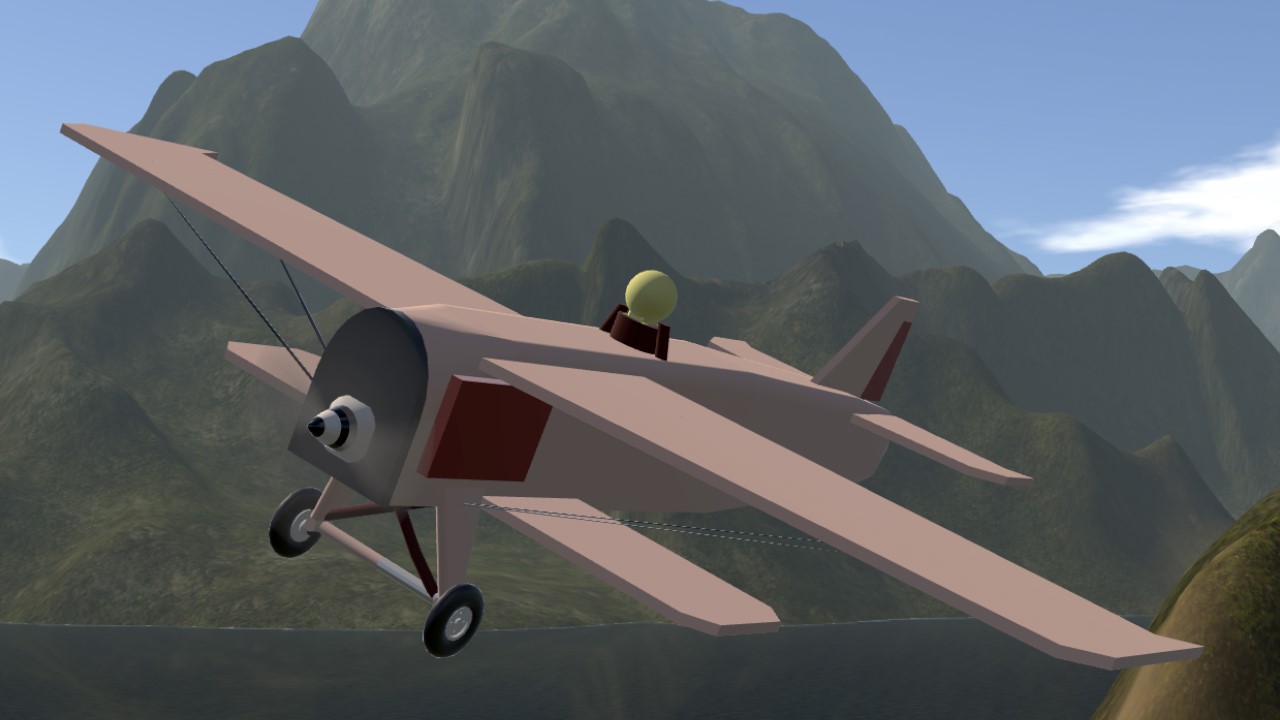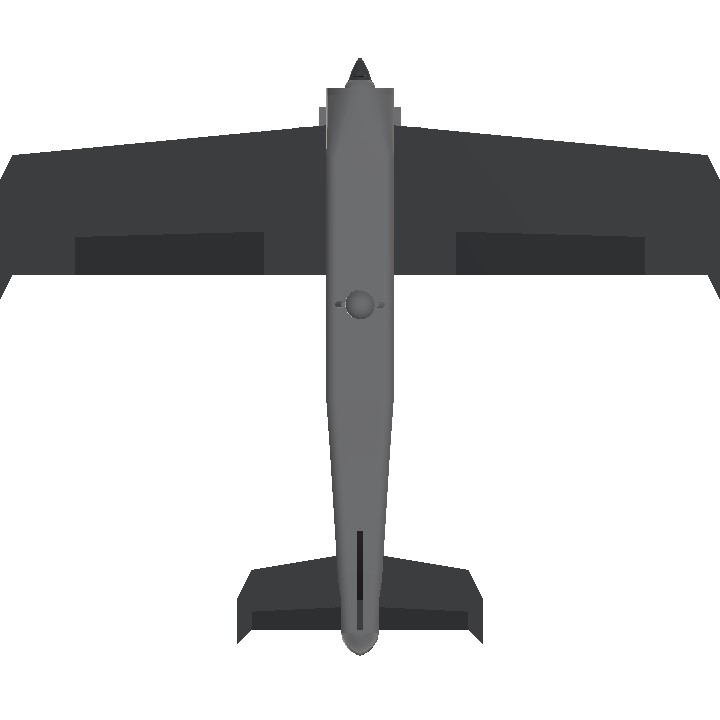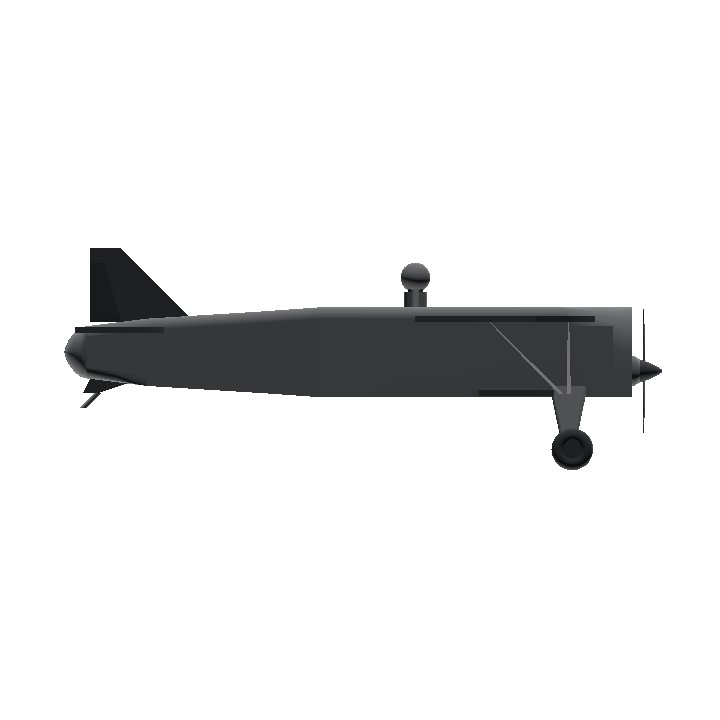HISTORY
The Christmas Bullet, later known as the Cantilever Aero Bullet (sometimes referred to as the Christmas Strutless Biplane), was an American single-seat cantilever wing biplane. It is considered by many to be among the worst aircraft ever constructed.
DESIGN AND DEVELOPMENT
Dr. William Whitney Christmas (1865–1960), who had no experience in aircraft design or aeronautical work, claimed to have built an aircraft of his own design in 1908 that was lost in a crash. After a second aircraft was supposedly built, called the Red Bird, later modified into the Red Bird II, Christmas founded the Christmas Aeroplane Company based in Washington, DC, in 1910. No evidence beyond his own claims has ever been found for the existence of either of these aircraft. By 1912, the company became the Durham Christmas Aeroplane Sales & Exhibition Company and later the Cantilever Aero Company after moving to Copiague, NY, in 1918.
Christmas convinced two brothers, Henry and Alfred McCarry, to back him. They then paid a visit to the Continental Aircraft Company, of Long Island, where Christmas convinced management that his planned aircraft would be the key element in an audacious plot to kidnap Kaiser Wilhelm II of Germany. Two designs were proposed, a single-seat "scout" and a three-place "fighting machine."
The single-seat "Christmas Bullet" featured an all-wood construction with a veneer-clad fuselage. Despite his claims to the contrary, neither design feature reduced aerodynamic drag nor was he among the first to use this method of construction; the majority of German World War I-era two-seater aircraft used for bombing and reconnaissance were similarly constructed. The "Bullet" was powered by a prototype Liberty 6 engine. Although the US Army had been persuaded to lend an engine, the proviso was that the prototype engine was to be fitted into an airframe for ground testing only.
The design had a serious flaw in that it lacked any kind of struts or braces for the wings, with Christmas insisting that they should be flexible. Control of the aircraft was meant to be achieved by wing warping to its flying surfaces. Although the Chief Engineer at Continental, Vincent Burnelli, tried to institute changes, the "Christmas Bullet" was completed with the original design features intact. Construction materials were scrounged from available wood and steel stock and were not "aircraft grade", which was also a concern to Burnelli.
Specifications
General Characteristics
- Created On Mac
- Wingspan 39.5ft (12.0m)
- Length 32.5ft (9.9m)
- Height 12.1ft (3.7m)
- Empty Weight 5,553lbs (2,518kg)
- Loaded Weight 8,500lbs (3,855kg)
Performance
- Horse Power/Weight Ratio 0.117
- Wing Loading 21.1lbs/ft2 (103.2kg/m2)
- Wing Area 402.1ft2 (37.4m2)
- Drag Points 4876
Parts
- Number of Parts 50
- Control Surfaces 5
- Performance Cost 219





@Nygonatta noice
@MiloAviation i just searched up worst plane in existance and built it lol.
I’m surprised someone even remembers this exists
My god it’s horrifying how bad it was